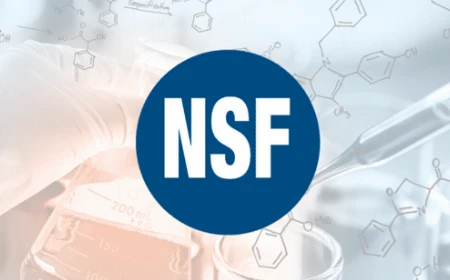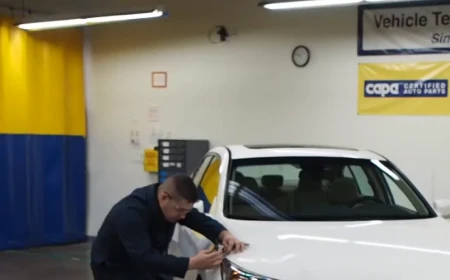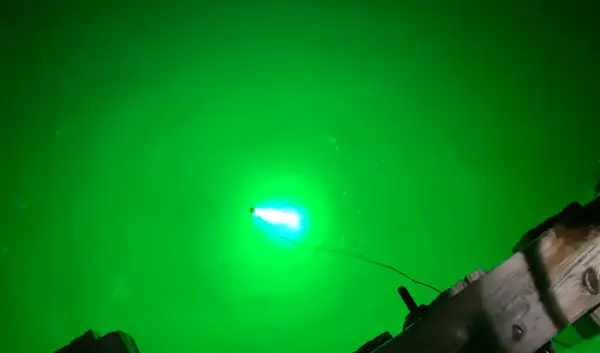NSF and CAPA are two independent certifying organizations that are unbiased and work for the general public’s interest. Because of their certification purposes for same products may make you confused. But both are different organizations, and their major purposes are also different than each other. You can get more clarification after reading NSF VS CAPA certified comparison.
What Does It Mean NSF Certified?

NSF is an independent and unbiased certification organization that works for food safety and sanitation to improve public health standards. NSF is the abbreviation of the National Sanitation Foundation.
When someone buys NSF-certified foodservice products, it means products contain only the FDA-approved raw materials in their manufacturing that are safe for health. Products reach you after passing the standards of design, safety, performance, and construction.
NSF-certified products also ensure that these are safe from bacteria and commercial dishwashers. It guarantees that your food services products are free from harmful chemicals and are up to the same standards recommended for restaurants and hotels.
What Process Does NSF Follow For Certification?
The NSF certification process generally includes seven steps:
- Submission of application and information
- Evaluation of product
- Testing of product in the lab
- Surprised inspection of facility for product sampling and conformation
- Acceptance and review of test results
- The signing of the contract for listed products
- Surprise annual visit of the facility to inspect and retest to ensure standard
What does It Mean CAPA Certified?

Most people understand CAPA Certified meanings in the wrong sense, they are confused and consider it for the used part, but it is not. CAPA is an abbreviation of Certified Automotive Parts Association that works for testing and certifying all kinds of auto parts for replacement purposes.
CAPA performs testing of a wide range of automotive parts such as electronics, metals, plastic, lighting, bumpers, radiators, mirrors, cameras, sensors, glass, and nonwoven fabrics.
What Process does CAPA Follow for Certification?
Getting CAPA certification is not possible for each automotive replacement part; it needs real standards set by the CAPA. The certification process by CAPA includes:
- Manufacturer facility Approval
- Parts and vehicle fit approval
- Includes random inspections visit to the facility to ensure the maintenance of standard of parts quality
There are no warranty or guarantee covers offered by the CAPA for the public, but it ensures that certification is only issued after complete verification up to standards to protect your rights.
It also assists the buyers to protect them from any kind of fraud in the aftermarket automotive parts industry. Seal by the CAPA ensures the originality of the parts.
Buyer also has the protection that if they order CAPA-certified parts but delivered parts do not contain CAPA certification; the buyer has the right to return the parts to the seller.
Conclusion
NSF and CAPA are unbiased certification organizations that work for the general public’s interest. NSF promotes public health and ensures foodservice products are safe for health. In comparison, the CAPA’s main objective is to ensure standards and protect the aftermarket automotive replacement parts buyers’ rights.
Articles about other topics


